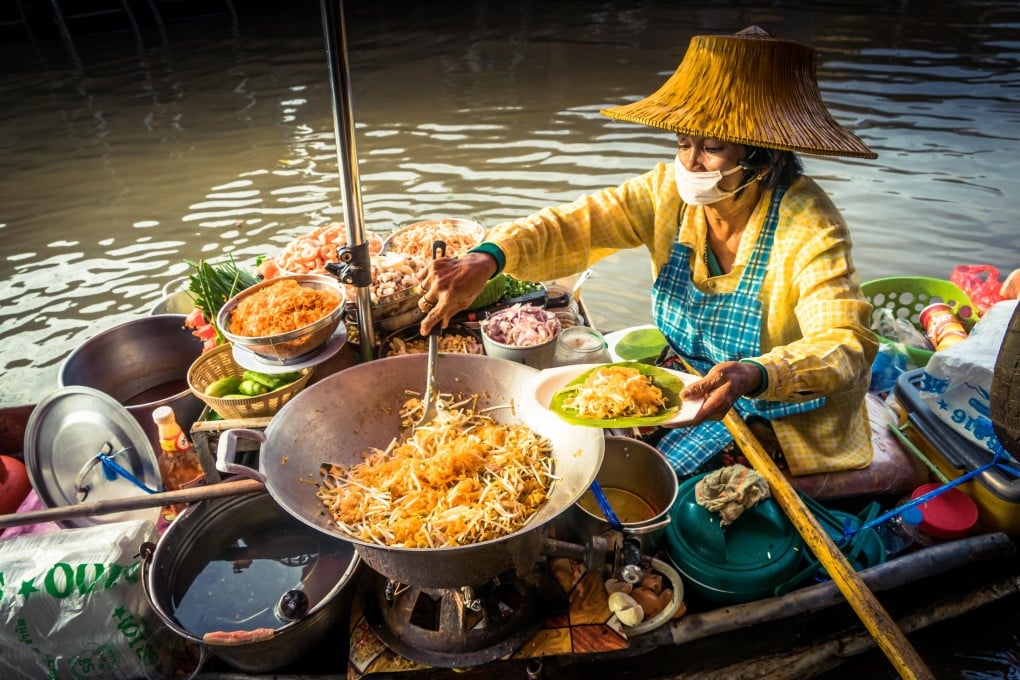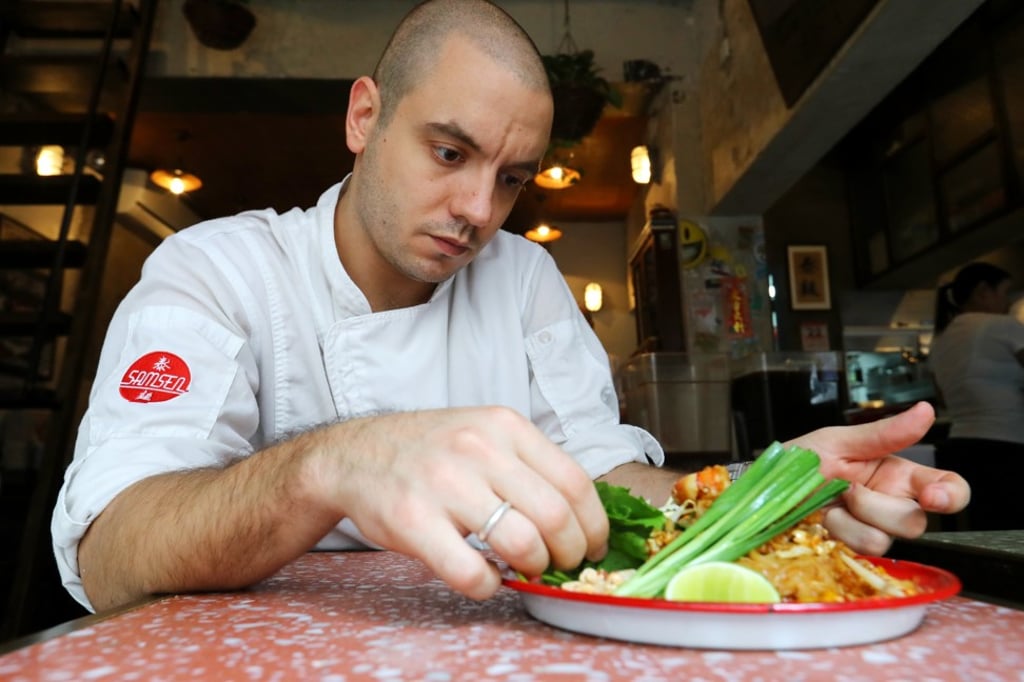History of pad Thai: how the stir-fried noodle dish was invented by the Thai government
- Thai prime minister Plaek Phibunsongkhram was committed to establishing a national identity to unite the nation through culture in the 1930s
- The campaign included changing the country’s name, commissioning a new national anthem, and creating a national dish – pad Thai

The wok is smoking even before Adam Cliff adds oil. The chef and owner of the popular Thai restaurant Samsen, in Hong Kong’s Wan Chai district, is showing how he makes pad Thai.
The key is a hot wok to prevent the ingredients from sticking, he says, but it’s important to control the temperature throughout the cooking process, because tamarind and palm sugar, for example, can scorch easily.
First, cubes of hard, dried tofu sizzle in the hot oil briefly before the chef adds radish, dried shrimps and shallots. The flavours are already melding before Cliff tosses in large, fresh tiger prawns.
He shunts the mixture to the side of the wok then fries an egg in the flavourful oil at its base, before blending it with the other ingredients. Dried rice noodles, along with peanuts, garlic, chives and bean sprouts, add another layer of flavour and texture. To finish the dish off, a combination of tamarind paste, palm sugar and fish sauce is poured in. Within minutes it is ready to serve.

Pad Thai, Cliff says, is an accessible combination of noodles, vegetables, prawns – and sometimes chicken – plus peanuts, to give it crunch. He says the salty, spicy, sweet and sour flavours of the dish help to excite the taste buds.
When thinking about Thai food, for many diners, the first dishes that spring to mind will probably be pad Thai, tom yum goong and green curry. They are on the menu of practically every Thai restaurant worldwide.